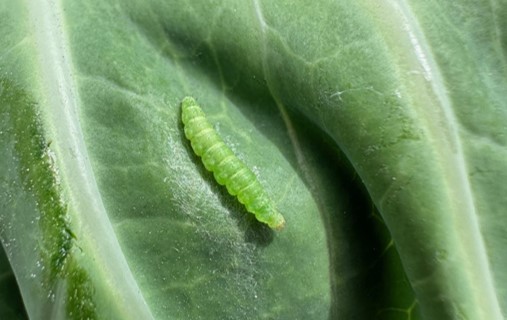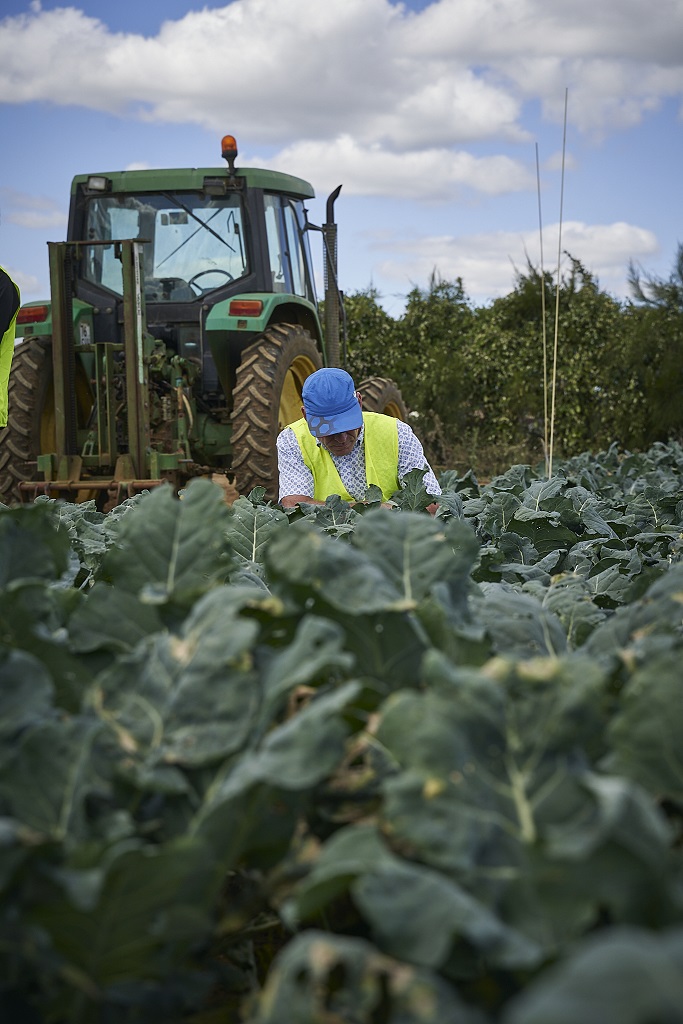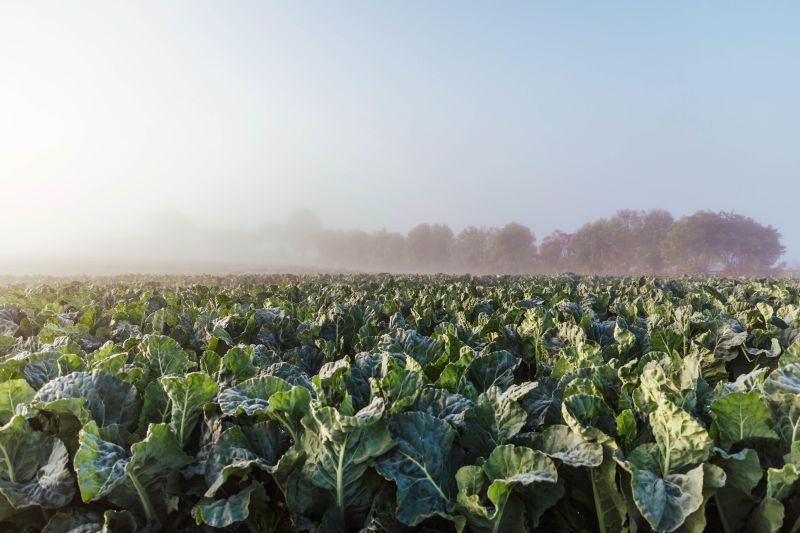Laboratory testing of diamondback moth (DBM) larvae collected in NZ has so far failed to find the presence of a virus, which is the active ingredient in a bioinsecticide that could be imported and used to control the insect pest.
A Lighter Touch, together with Vegetables New Zealand and Key Industries Ltd, is taking the new-to-New Zealand bioinsecticide for the control of DBM through the regulatory pathway with the goal of achieving registration.
In addition to providing growers with another crop protection option for DBM, a priority pest in brassica crops, the project is a case study to provide guidance for industry in taking a novel biopesticide through the New Zealand regulatory system.
One of the first steps in the regulatory process is to establish whether or not the virus (PlxyGV), the active ingredient in the viral bioinsecticide, is already present in New Zealand. To date, laboratory testing of DNA extracted from 70 DBM caterpillars collected from regions around New Zealand have failed to detect the presence of the virus.

DNA has been extracted from 70 diamondback moth caterpillars collected from regions around New Zealand.
Given the virus is found in DBM in many parts of the world, some further work is being undertaken to double-check the testing procedure and ensure it is detecting the virus if present. A review of all historical laboratory data by Plant and Food Research has also been completed and has not found any prior evidence of the virus being in New Zealand.
If the project team is not able to show the virus was present in New Zealand prior to 1998, the bioinsecticide will be treated as a New Organism, which requires additional steps, and associated costs, under the Hazardous Substances and New Organism (HSNO) pathway in the regulatory approval process.
Although the laboratory results are being reviewed for accuracy, the project team is pressing ahead with a containment application to the Environmental Protection Authority. This is the next step if no evidence of the virus is found in New Zealand.
If approved, it would allow the virus to be imported as a New Organism under containment for host range testing against DBM and other possible hosts in New Zealand. This work would be done in a secure, purpose-built facility by Plant and Food Research.
The regulatory approval process also includes consultation with tangata whenua, and the project team has been progressing discussions with various iwi. Information relating to ecotoxicity and human health considerations was requested and provided to the Ngāi Tahu HSNO Komiti so they could make a risk assessment against their cultural values. The Komiti has provided a position statement to the project team concluding the bioinsecticide would be of low risk.
This position statement has been shared with other iwi and Māori horticulture businesses with an interest in the project, and also with Tāhuri Whenua, the National Māori Vegetable Growers Collective.
The steps the project team are taking to seek registration are all being thoroughly documented in order to provide guidance for future applicants seeking registration through the regulatory process.

Diamondback month is a priority pest in brassica crops.
Management of DBM is an issue of concern to vegetable growers globally, and the project has attracted the attention of California-based Western Growers Association, one of the largest produce grower groups in the world, and United States researchers.
The US growers and researchers are interested in both New Zealand’s long-established integrated pest management strategy for vegetable brassicas, and potential new solutions such as the bioinsecticide the A Lighter Touch project is seeking to register. The connection provides the project team with the opportunity to also gain knowledge from DBM experts in California on new solutions they are investigating for management of the pest.
